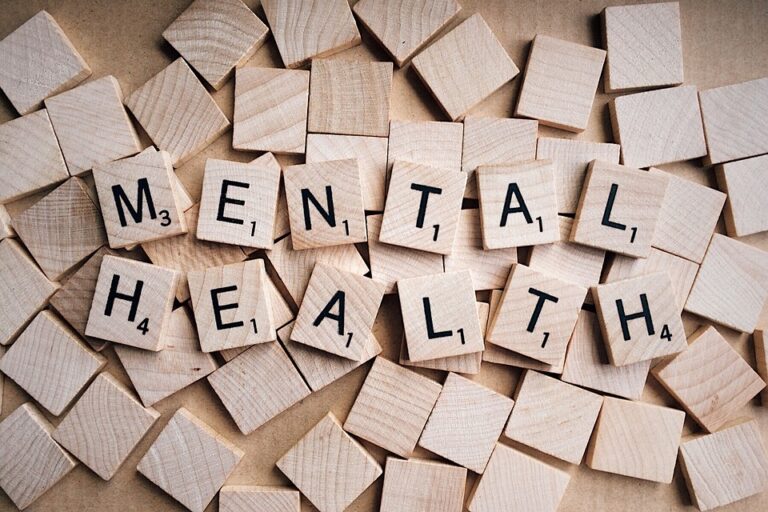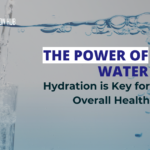Boost Your Workout: Lose Fat Not Muscles Fast
In today’s fast-paced world, everyone wants to look and feel their best without sacrificing their hard-earned muscle. If you’re looking to boost your workout and lose fat without losing muscle, you’re not alone. Many struggle with the balance between shedding excess weight and maintaining lean mass. The good news is that effective strategies exist to help you achieve your goals. In this article, we’ll uncover the most effective methods to maximize fat loss while preserving muscle, allowing you to transform your body efficiently and sustainably.
Understanding the Fundamentals: Why Muscle Matters
The Role of Muscle in Fat Loss
Muscle plays a vital role in your metabolism, burning more calories at rest than fat tissue. Maintaining a higher muscle mass can support long-term fat loss because more muscle means a higher basal metabolic rate (BMR). According to a study published in the American Journal of Clinical Nutrition, individuals with greater muscle mass tend to have lower fat levels overall, reinforcing the importance of preserving muscle while focusing on fat loss.
The Risks of Losing Muscle
When aiming to lose weight quickly, one risk is muscle loss. This could result from extreme caloric deficits or poor dieting practices. Losing muscle can hinder your fitness progress and lead to a "skinny fat" appearance, where you may weigh less but have a higher body fat percentage. A study in Nutrition & Metabolism found that slower, more intentional weight loss strategies led to a considerable preservation of muscle while still enabling fat loss.
Effective Strategies to Boost Your Workout
1. Prioritize Protein
One of the most crucial aspects of losing fat without losing muscle is protein intake. Aim for a daily protein intake of 1.6 to 2.2 grams per kilogram of body weight. High-quality protein sources such as lean meats, fish, eggs, legumes, and dairy products are essential. Research shows that adequate protein not only supports muscle repair but also enhances feelings of fullness, which can help prevent overeating ([Study: Morton et al., 2018]).
2. Embrace Resistance Training
Incorporating resistance training into your routine is key to preserving muscle during weight loss. Activities like weight lifting or bodyweight exercises stress the muscles, encouraging them to adapt and grow. The American College of Sports Medicine recommends at least two sessions of resistance training per week. According to a meta-analysis in the Journal of Sports Medicine, individuals who include resistance training in their fat-loss programs maintain a better muscle-to-fat ratio compared to those who rely solely on cardio.
3. Implement High-Intensity Interval Training (HIIT)
HIIT has grown in popularity due to its efficiency in burning fat while preserving muscle mass. By alternating between short bursts of intense exercise and recovery periods, you can torch calories quickly. A study from the Journal of Obesity found that participants who engaged in HIIT lost significantly more body fat than those who performed steady-state cardio, with minimal loss of muscle mass.
4. Smart Caloric Deficits
A balanced approach to caloric intake is crucial. While you need a caloric deficit to lose fat, cutting too many calories can lead to muscle loss. A reasonable deficit is about 500 to 750 calories per day to promote fat loss without losing substantial muscle. According to the International Journal of Obesity, individuals adhering to moderate caloric restrictions while prioritizing protein intake experienced improved body composition compared to those with severe restrictions.
5. Focus on Recovery
Muscle growth occurs during recovery periods, making proper rest crucial for fat loss while maintaining muscle. Ensure you get enough sleep (7-9 hours per night) and consider active recovery days with light activities. Research in the Sleep Medicine Reviews journal indicates that inadequate sleep can lead to hormonal imbalances affecting appetite regulation, leading to unintentional weight gain.
Conclusion
To boost your workout and lose fat without sacrificing muscle, it is essential to adopt a balanced approach. Prioritize protein, incorporate resistance training, utilize HIIT, maintain a reasonable caloric deficit, and ensure proper recovery. By following these strategies, you can create a finely-tuned regimen that promotes fat loss and preserves muscle effectively. Start implementing these tips today, and take the first step toward achieving the body you desire.
Frequently Asked Questions
How can I lose fat without losing muscle fast?
To lose fat without losing muscle fast, focus on a high-protein diet, incorporate resistance training, maintain a modest caloric deficit, and ensure proper recovery.
Is it safe to use supplements to boost my workout?
While some supplements can be beneficial, it’s essential to consult a healthcare professional before using them. Natural sources of nutrients should be prioritized whenever possible.
How does resistance training help with fat loss?
Resistance training helps maintain muscle mass during a caloric deficit, which is crucial for enhancing metabolic rate and improving body composition.
Can I lose fat without exercising?
While diet plays a significant role in fat loss, combining a healthy eating plan with exercise – particularly strength training – is more effective for maintaining muscle mass.
What are some good protein sources for fat loss?
High-quality protein sources include chicken, fish, beans, lentils, yogurt, and cottage cheese. Aim for a variety to meet your daily protein needs effectively.








